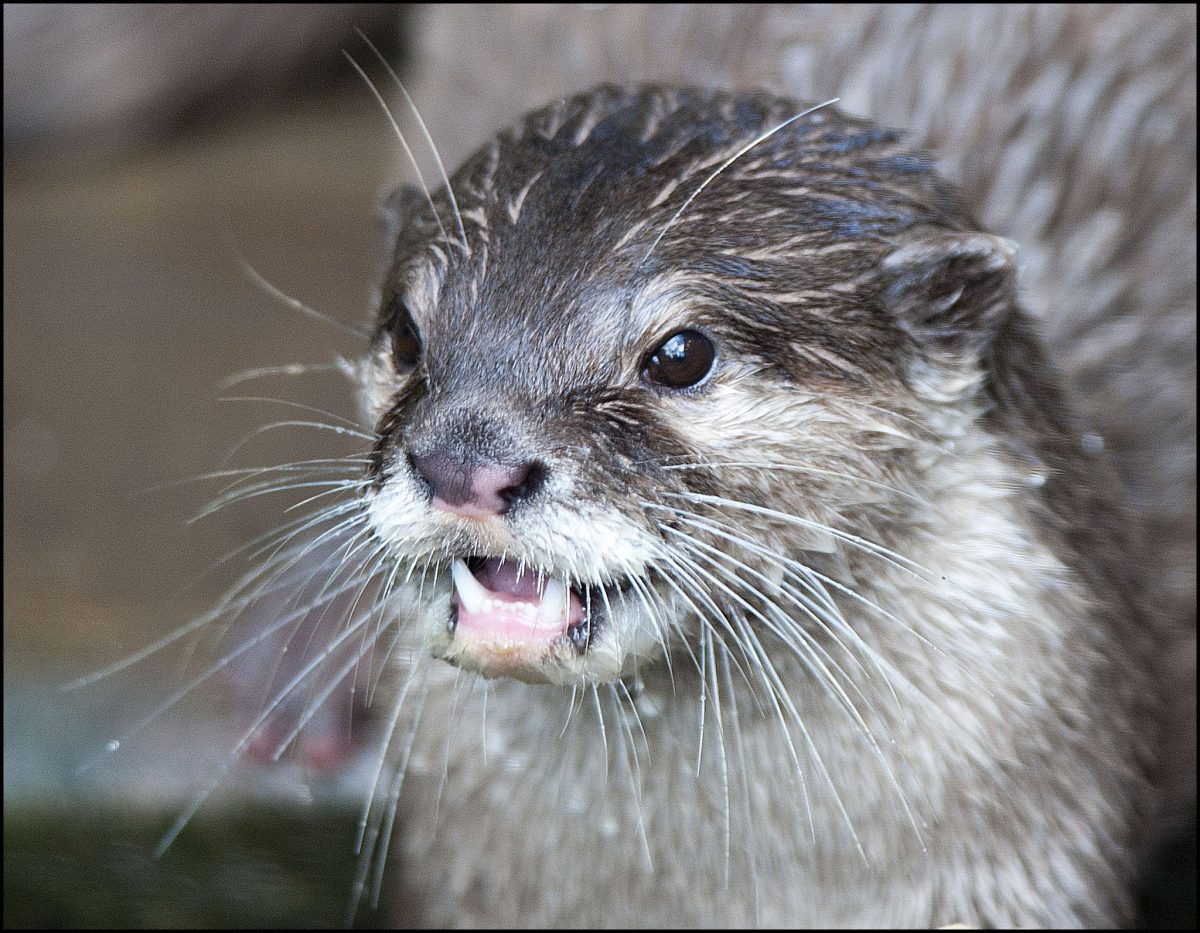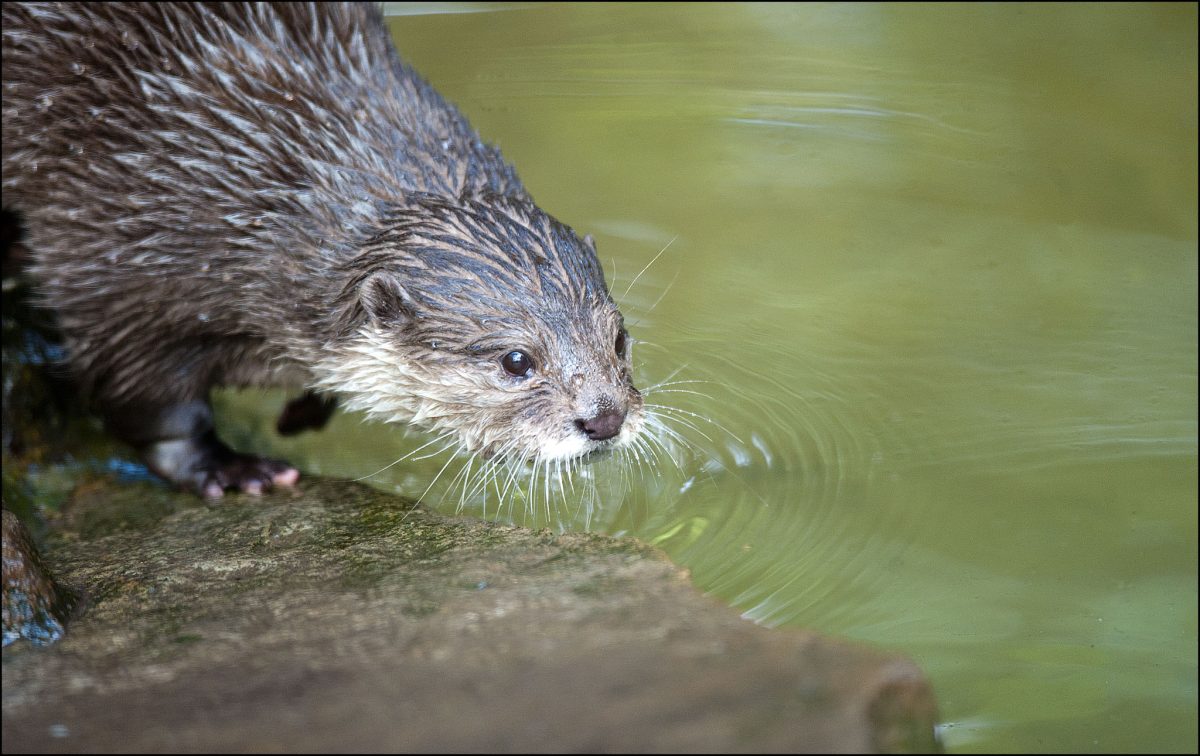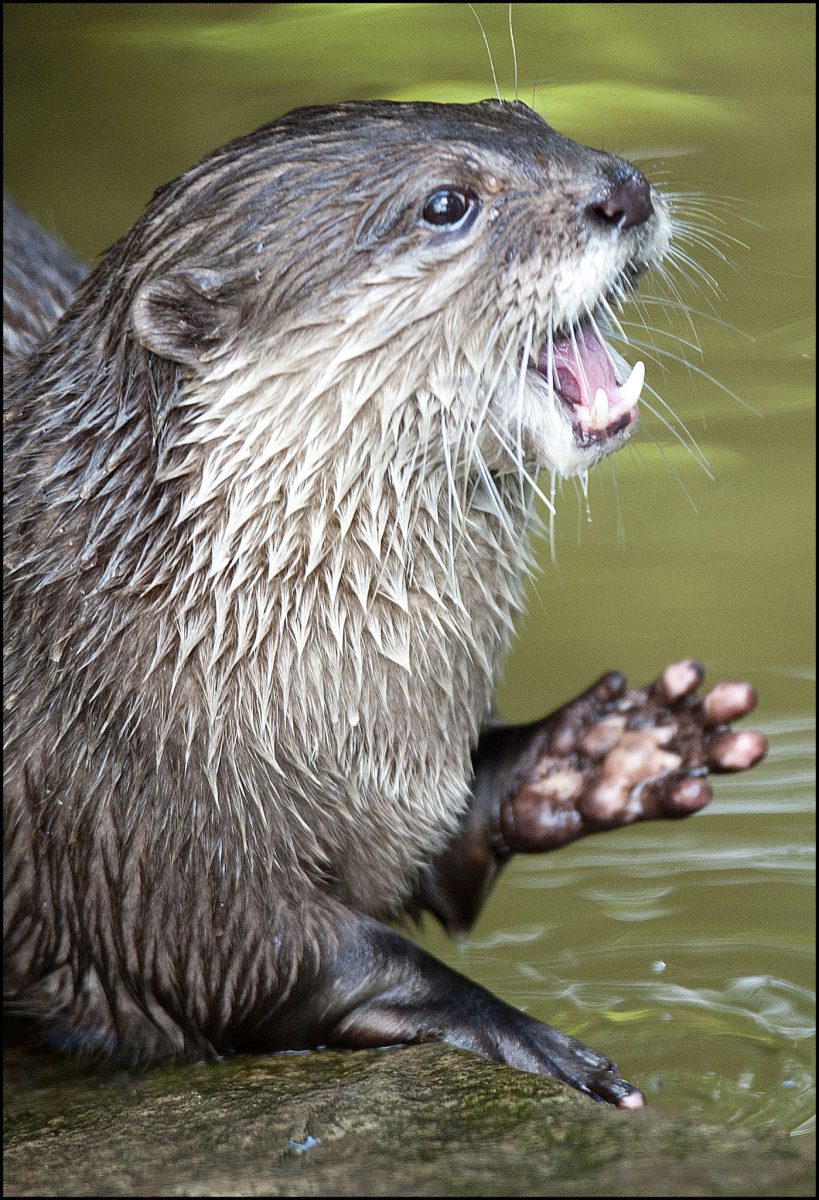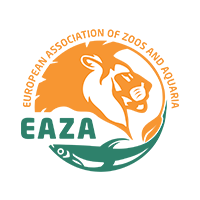Factfile
Where they live
South East Asia - India, Bangladesh, Burma, southern China, Taiwan, Laos, Malaysia, Indonesia, the Philippines, Thailand and Vietnam
Habitat
mangrove swamps and freshwater wetlands
Size
length 70 to 100cm of which 30cm is tail
Weight
2 5.4kg
Lifespan
11 years to 16 years
Threats
otters are hunted for sport, fur and, because they are seen as a pest, by fisheries. Human expansion leads to habitat destruction and pollution by chemicals
Did you know...
- Otters can see better in water than out of it
- Otter droppings are known as spraints and have a sweet, musky odour which they use for communication
More about short-clawed otters...
At DZC we have Asiatic short-clawed otters which are the smallest of the world’s 13 species.
Otters have long, sleek bodies which are covered in a long water repellent top coat and soft thick layer beneath. These double layers of fur help to keep them dry and warm.
They have a strong muscular tail for propulsion and steering through water making them excellent swimmers.
Toes are not fully webbed and claws do not extend over the fingers. Their paws are, therefore, very hand like making them mobile and dexterous. They also have long sensitive whiskers which help in locating prey.
Short-clawed otters form monogamous pairs for life and can produce two litters a year. After around 60 days the female gives birth to up to six pups.
The young stay with their mother until the next litter is born. The male otter assists the female building the nest before birth and provides her with food after she gives birth.












